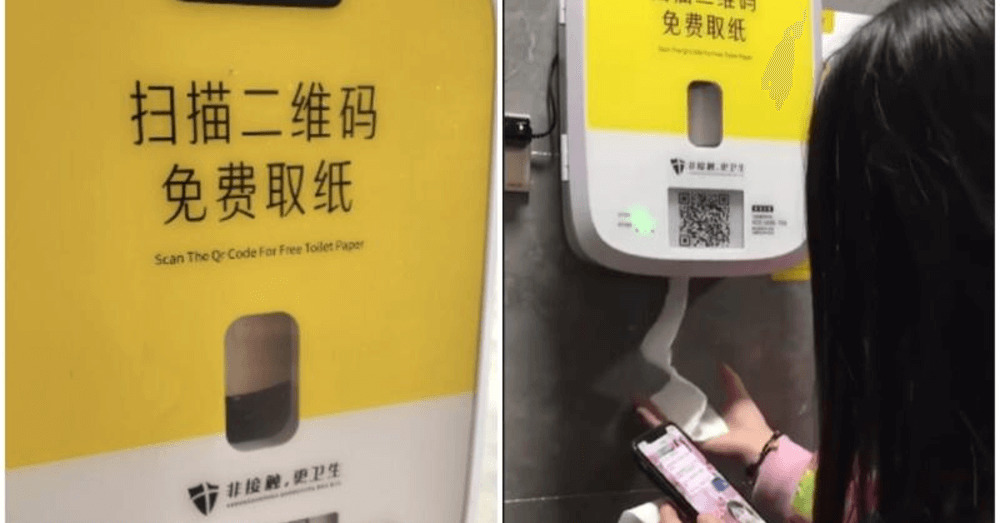Should you have to scan a QR code to use toilet paper in China? Somebody thinks you should, and they have installed these codes to control how much TP you use.
Picture this: You’re in a public restroom in China, and nature’s calling. But before you can grab toilet paper, you need to pull out your phone, scan a QR code, and sit through an advertisement. Welcome to what might be the strangest application of digital technology yet.
Public toilets in parts of China started requiring people to scan QR codes before dispensing toilet paper. The catch? You have to watch an ad first. It’s the kind of story that makes you wonder if we’ve taken convenience tech too far. What started as an attempt to prevent toilet paper theft turned into a privacy nightmare that has people asking: Is nothing sacred anymore?
The system works like this: scan the code, watch a commercial for who-knows-what, and only then does the dispenser release your paper. One square at a time, apparently. It’s efficient for building managers trying to cut costs, but for everyone else? It’s just another reminder that our phones have invaded every corner of our lives—including the one place we thought was ad-free.
Everything is going tech
Has digital bathroom technology gone too far? Now, there are public restroom QR codes that require you to scan them for toilet paper dispensers to function in China. This is an interesting bathroom advertising system that could simply mean you watch a lot more ads than you want, but having QR code public toilets seems a bit too far in terms of digital restroom technology. Adding tech to every experience in our lives isn’t anything new in China, but this seems a step too far.
How many squares does the QR code toilet paper in China allow?
Currently, this system only allows one square of TP to come out per ad, which could be a serious problem. Think about how many squares you use when you go to the restroom. Most people use at least four or more, and some will roll that TP out for a full arm’s length of the stuff. Just imagine waiting through 20 or more digital ads simply because you had to use the restroom. That seems like a huge waste of time and energy.
What if the system doesn’t work?
You have to scan a QR code to get toilet paper at these test locations in China, but what if the code doesn’t work? Because most of us trust technology, we are likely going to sit down and do our business, but if the QR code is wrong or doesn’t function like it should, you might be stuck there waiting for an IT tech to fix your problem. No calling in the plumber or maintenance person on this one; it takes a computer technician to fix the toilet paper problem.
The goal of the QR code toilet paper in China is saving money, but does it really do that?
The idea behind such a contraption is to reduce toilet paper wastage, which makes sense, but this might not be the best way to make it happen. If you want people to use less toilet paper while not wasting their time, it might be a good idea for the dispenser to be programmed to put out a select number of squares for the type of business done. This would certainly be better than expecting someone to watch an ad for each square they want dispensed to them.
Don’t leave your phone behind
Studies show that many people spend more time in the bathroom than ever before. What’s the change? Smartphones. The invention and evolution of smartphones creates a scenario in which many people will spend more time in the bathroom than ever before because they are sitting on the toilet scrolling or texting. This new QR code toilet paper being dispensed in China means every time a person goes to the bathroom, they need their phone and must watch some ads before they can get the toilet paper they need. In any business, this can create more downtime and much less productivity out of those employees.
Hopefully, the QR code toilet paper in China will be a trend that dies out fast and is proven to be much more costly in tech support, lost productivity, and frustration than a few extra squares of toilet paper every time someone goes to the bathroom.
